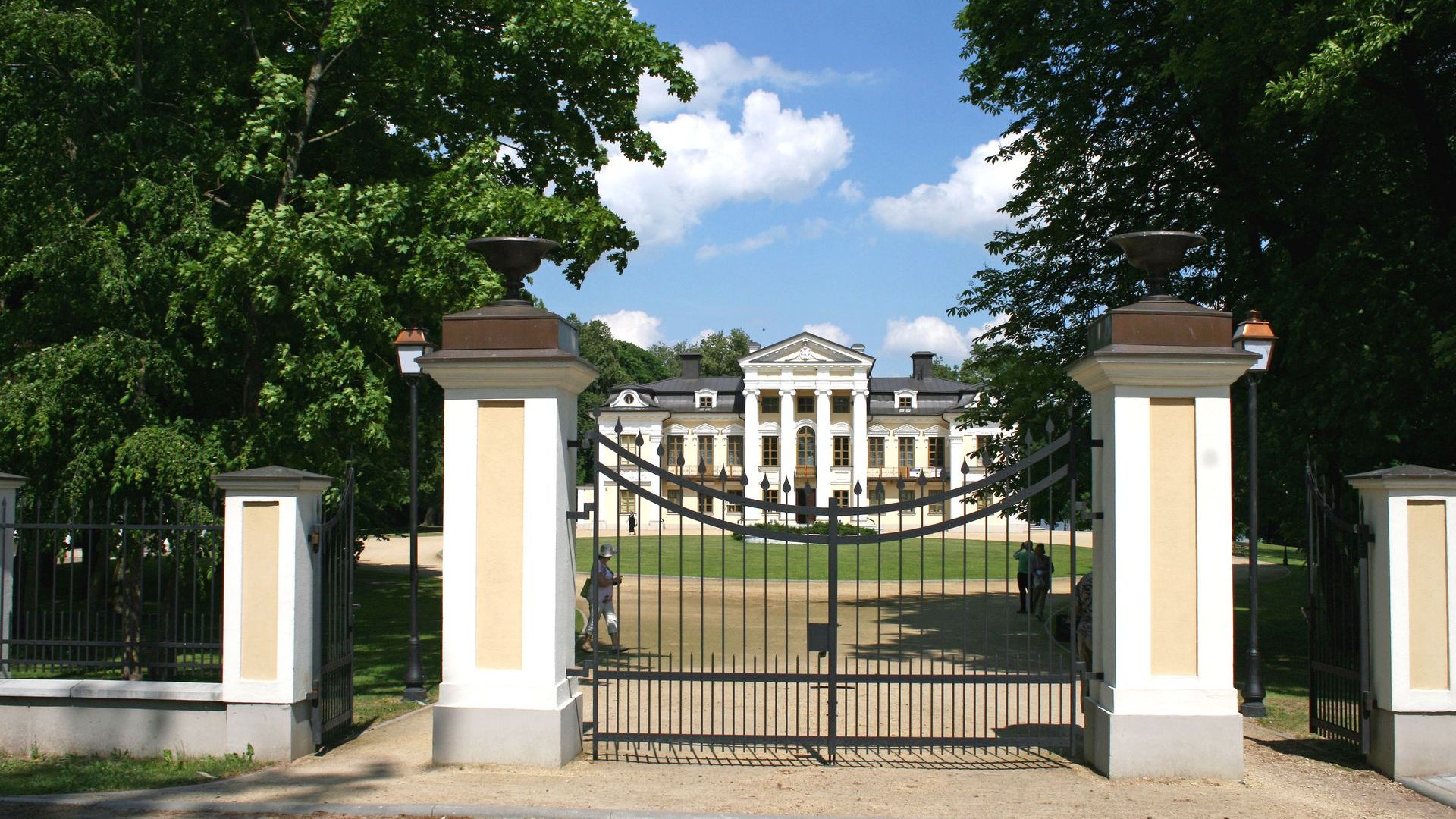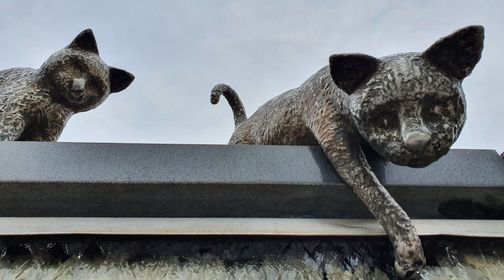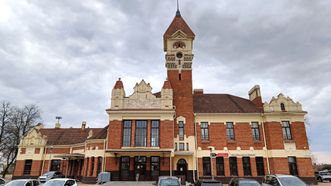
Sudovia
1
Photo
© Gintaras Vitulskis
1
Regarding the name of this region, active discussions continue to this day. Some inhabitants of the region believe that it should be called Sūduva because historical sources indicate that the Sūduvių tribe (Sūduvians) lived in the current Marijampolė County in the 2nd century (around 150 AD, as mentioned by Claudius Ptolemy). However, another part of the current Suvalkija (Sūduva) residents think that the name Suvalkija should be used, a name established in the works of ethnologists and linguists over the past decades (this name started to be used from 1867 when this territory became part of the Suwałki Governorate of the Russian Empire). The geographical location of the region also leads to the name Užnemunė (Beyond Nemunas). As the discussion about the region's name has not been settled, the current Law on the Protection of Ethnic Culture recognizes a dual name for the region - Suvalkija (Sūduva).
The capital of the region is considered to be Marijampolė, which has become the cultural and economic center of this ethnographic region. Archaeological findings dating back almost four millennia have been discovered in the vicinity of Marijampolė. In the surrounding areas of Marijampolė, there is the Kumelioniai Hillfort, where the central castle of the historical Kimenava land was located. Marijampolė gained Magdeburg rights in the 18th century. It is renowned for its hundred-year-old gymnasium where figures of the Lithuanian national revival such as Jonas Basanavičius, Vincas Kudirka, Kazys Grinius, and Jonas Jablonskis studied and contributed to the revival of Lithuanian culture and identity.
The most picturesque area of the region is the Vištytis-Gražiškiai Upland in its southwestern corner, from which rivers like Širvinta flow. The great Lake Vištytis is surrounded by high hills. From these elevated plains, one can see vast lowlands, stretching through Vilkaviškis and Marijampolė towards Šakiai and the Nemunas River. In these plains, the famous bird lake Žuvintas is located, surrounded by the wetlands of Paliūnai. The Šešupė River, flowing from the Suwałki region, peacefully meanders through fertile plains up to Kudirkos Naumiestis, where it becomes a border river separating the Kaliningrad region. The wilderness that emerged after battles with the crusaders grew into forests, such as the extensive Kazlų Rūda and Lekėčiai forests. In the north and east, the region is bordered by the Nemunas River, which forms impressive loops near Balbieriškis and Prienai, offering breathtaking views from the high valley slopes. To the northwest, the rapid Jiesia River has carved out an impressive canyon. The ancient hillforts of the Jotvingians, reminiscent of the times of old battles, mostly survive in lowlands and uplands, and some in the plains (where they were buried).
Points of interest
825
Food
137
Accomodation
90
Loading...
©2025 trip.lt





















